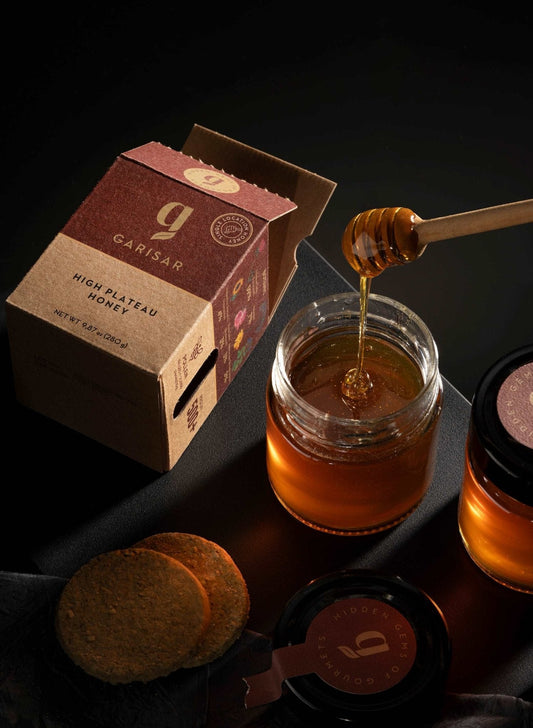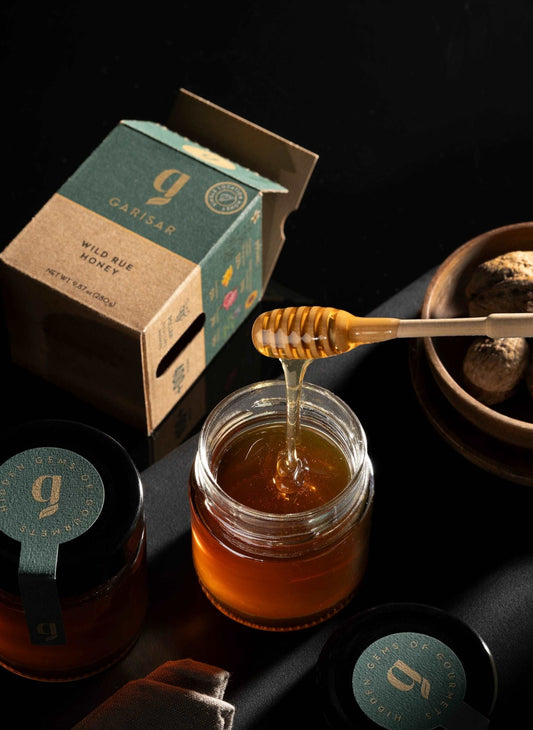Health Benefits of Rose Honey
Antibacterial Properties
Rose honey exhibits antibacterial properties, which can be effective in wound healing and preventing infections. The natural enzymes present in rose honey help inhibit the growth of harmful bacteria.
Anti-inflammatory Effects
This honey is known for its anti-inflammatory properties, which can help reduce inflammation and alleviate symptoms of inflammatory conditions such as arthritis.
Immune System Support
Rose honey contains various vitamins and minerals that can strengthen the immune system. Regular consumption of rose honey can enhance the body's ability to fight off illnesses.
Digestive Health
Rose honey can promote digestive health by soothing the digestive tract and balancing gut flora. It may help in relieving digestive issues such as indigestion and constipation.
Skin Health
Due to its antioxidant and antibacterial properties, rose honey is beneficial for skin health. It can help in treating acne, moisturizing the skin, and promoting a healthy complexion.
In conclusion, the rose flower and its derived products, such as rose honey, offer numerous health benefits. The diverse varieties and wide growing regions of roses highlight their global significance. The antioxidant properties of roses and the health benefits of rose honey make them valuable not only for their beauty and fragrance but also for their therapeutic potential.







